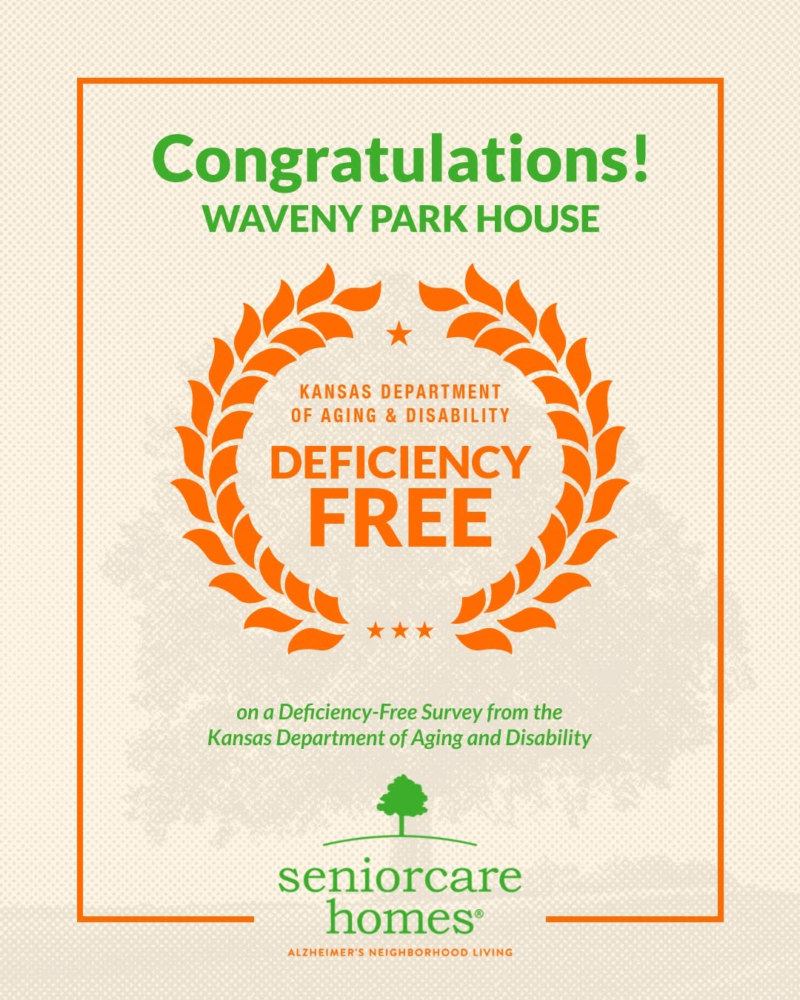Navigating the Challenge of Bed Shortages in Senior Living
The Rising Demand for Senior Living Beds
Baby Boomers, a significant segment of the population, are now reaching an age where many require care, leading to an unprecedented demand for senior living accommodations. This surge has made finding “any” available bed in quality communities a daunting task for many families.

The Waitlist Dilemma
“No room at the inn” has become a common refrain for those inquiring about senior living options. The process of getting on a waitlist presents its own set of challenges, with families often finding themselves navigating a complex and competitive landscape to secure a spot for their loved ones.
Turning to Advocacy for Solutions
In response to these challenges, many families are seeking the assistance of advocacy groups. These organizations play a crucial role in battling for available rooms in quality communities, where the policy of “one in, one out” prevails. Advocates work tirelessly to ensure that seniors are placed in environments where they can receive the care and support they need.
The Issue with New Builds
While the construction of new senior living facilities and the expansion of existing ones might seem like a viable solution to the bed shortage crisis, it’s not as straightforward as it appears. The crux of the issue lies in ensuring that these new beds come with the right care policies. Simply adding more beds does not necessarily equate to meeting the diverse needs of the senior population.
Aligning Services with Resident Needs
The key to addressing the bed shortage lies in aligning service offerings with the specific needs of residents. It’s essential that the right policies are in place to empower caregivers and nursing teams to provide the highest level of care. This alignment ensures that more quality beds are available, offering peace of mind to families making the difficult decision to move their loved ones into a senior living community.
The Path Forward
The challenge of bed shortages in senior living communities is multifaceted, requiring a concerted effort from all stakeholders involved. From policymakers to senior living providers, the focus must be on creating environments that not only meet the current demand but also anticipate the needs of future generations. By fostering collaboration between families, advocacy groups, and senior living communities, we can work towards a future where every senior has access to the care and comfort they deserve.
Conclusion
The bed shortage in senior living communities is a pressing issue that demands immediate attention and creative solutions. As Baby Boomers continue to age, the need for quality senior care facilities will only grow. By prioritizing the alignment of services with resident needs and ensuring that new builds come with the right care policies, we can begin to address this challenge head-on, ensuring that our seniors receive the care and dignity they deserve in their later years.










